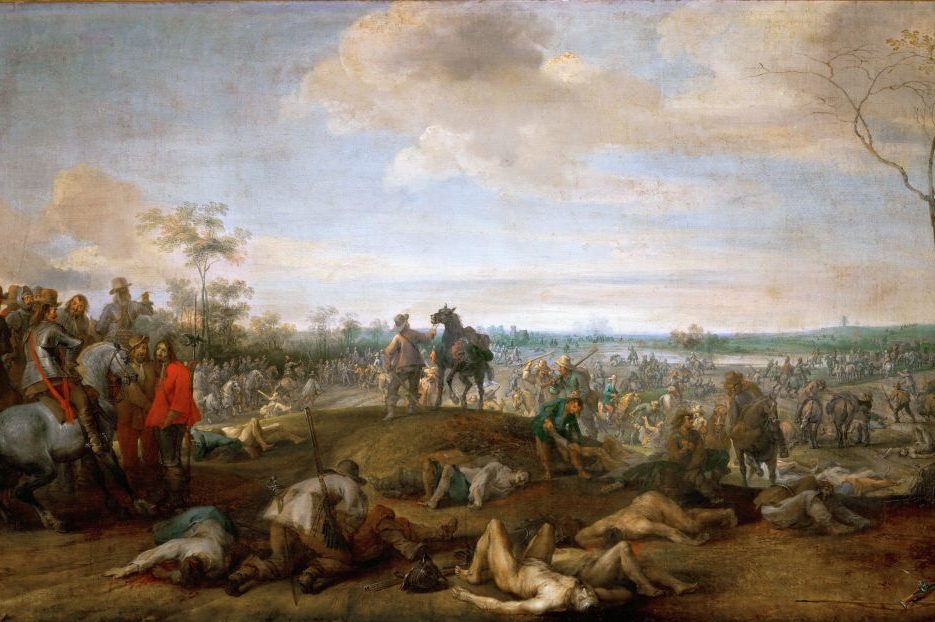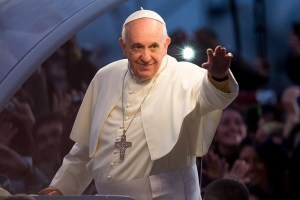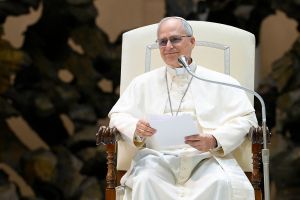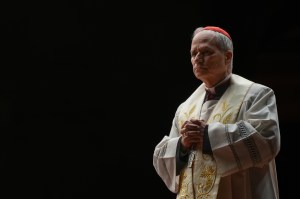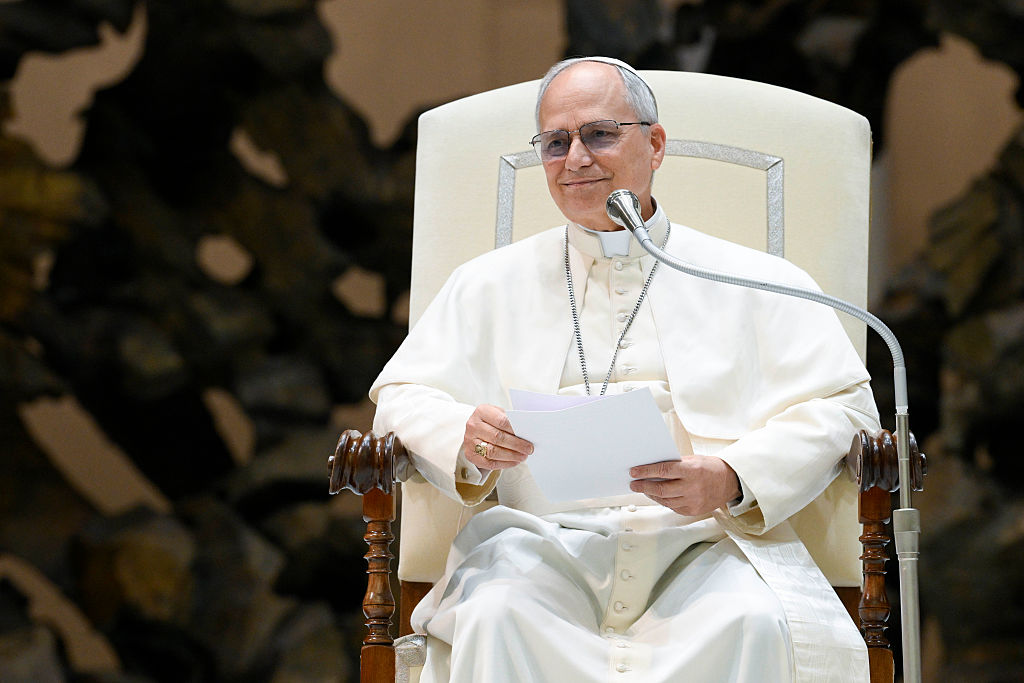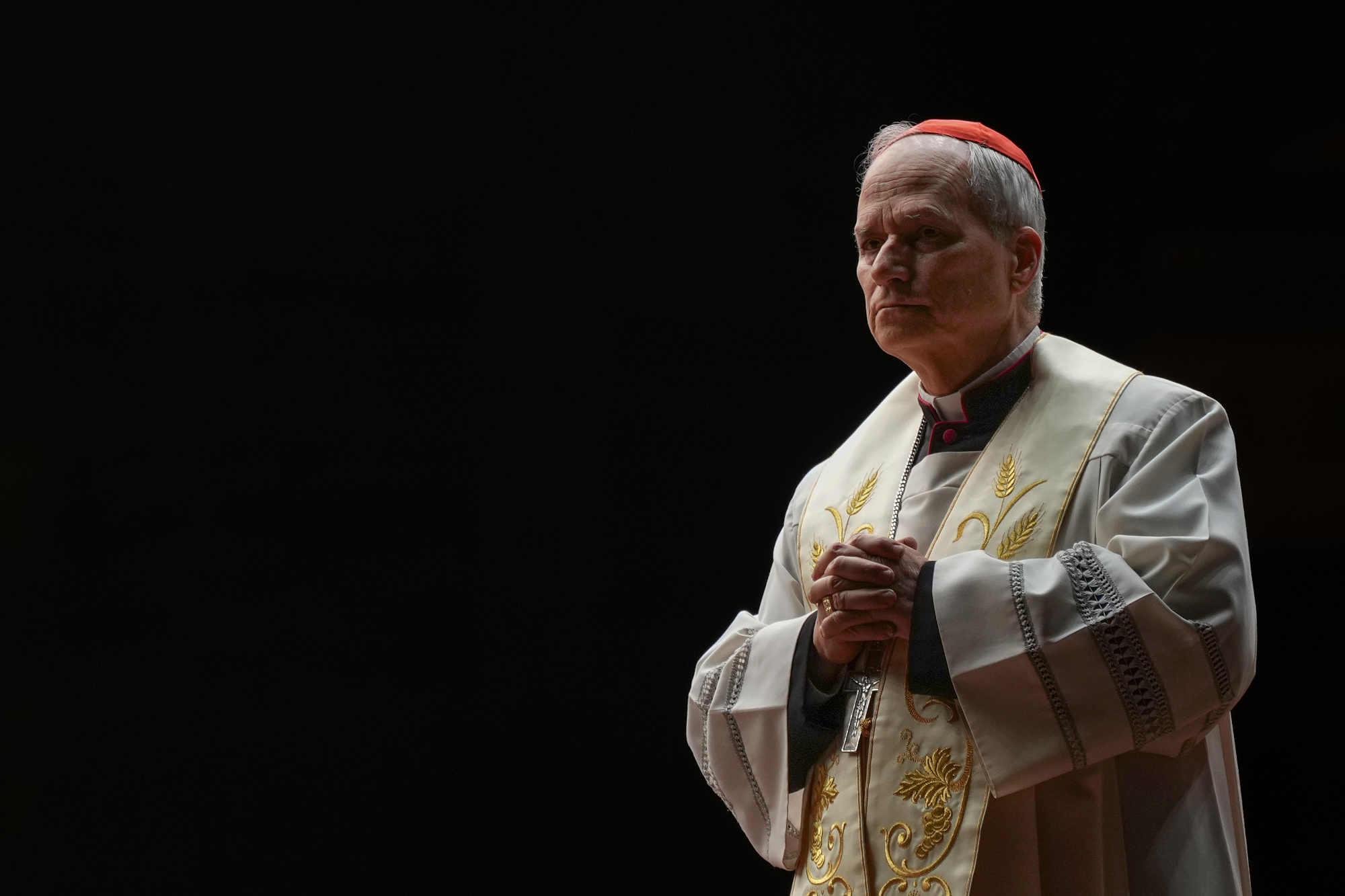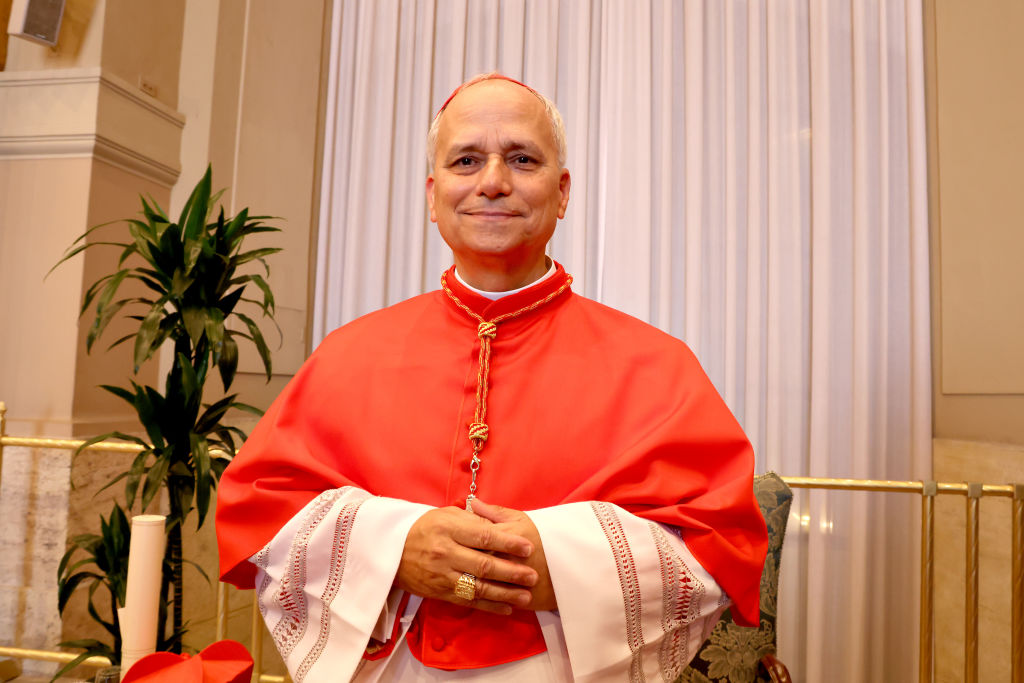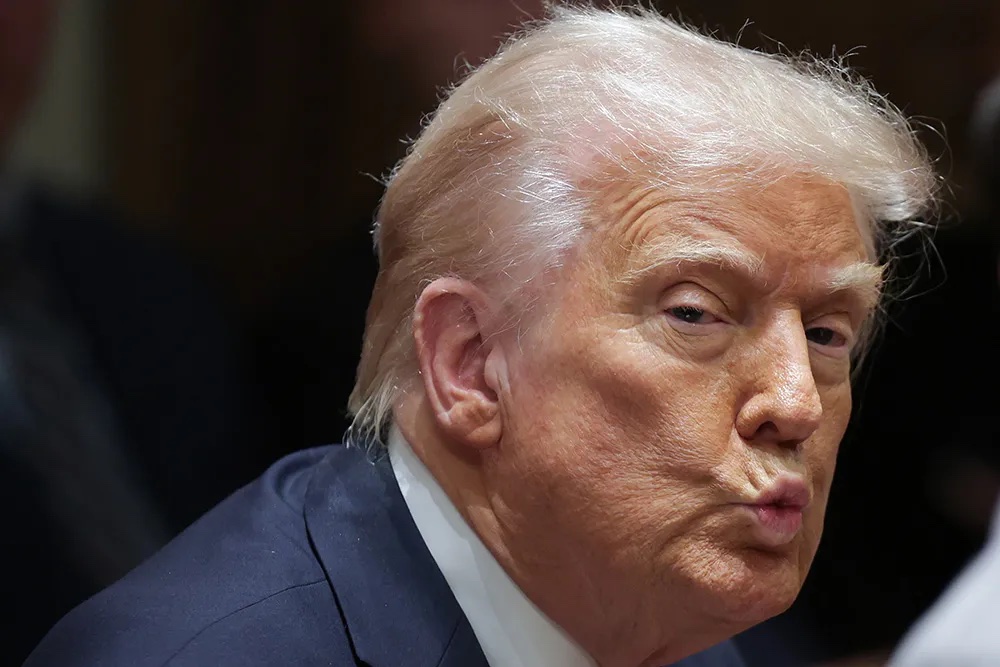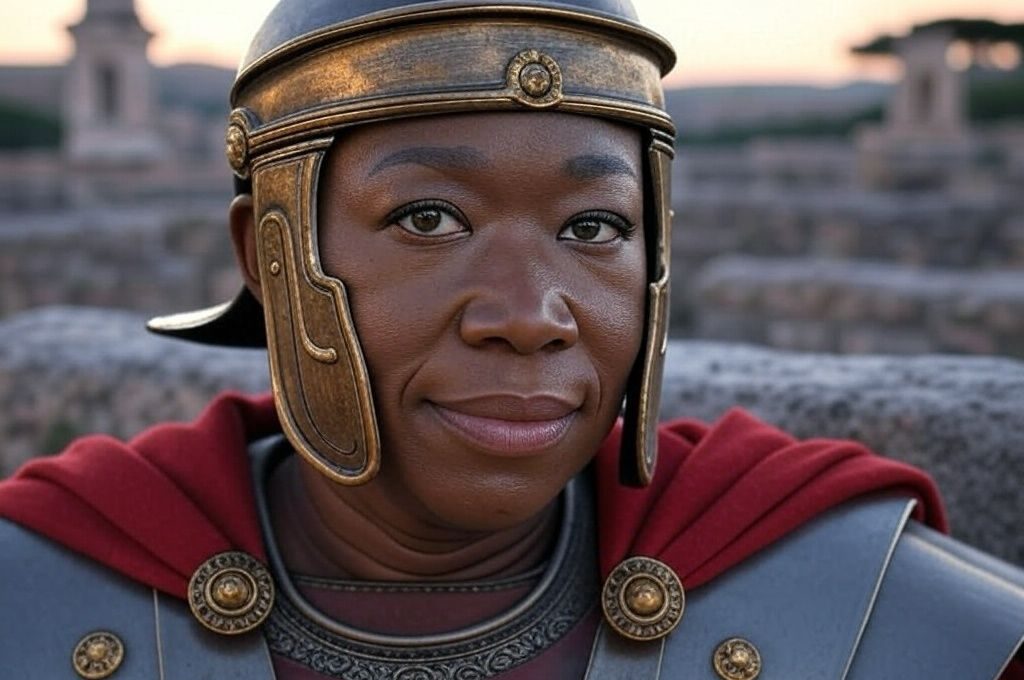For reasons that not even Czechs can explain, in the past they developed a habit of throwing their rulers out of windows. It started in the early fifteenth century, but it was in Prague in 1618 that the word “defenestration” entered the English language. The word derives from the Latin word for window, fenestra.
A year earlier the dying and childless Habsburg Holy Roman emperor, Mathias, named Ferdinand as his successor. Ferdinand II, a Jesuit-educated zealot, immediately begun to row back on guaranteed protestant freedoms in Prague (Bohemia). On May 23, 1618, a group of angry Protestant noblemen led a mob across the Charles Bridge and upward to Hradcany Castle. There they found Count Jaroslav Bořita of Martinice and Slawata von Chlum. Mathias had left them there to manage Bohemia after he moved his court from Prague to Vienna six years earlier.
The Thirty Years’ War was not only more global than World War One, in proportional terms it was hugely bloodier
The mob grabbed hold of Martinice and flung him head first out of the window as he yelled, “Jesus Maria help!” Slawata, more resistant, hung on to the windowsill until sword hilts bashed his fingers. Their secretary, Fabricius, was next for the high dive. He was later ennobled as Fabricius von Hohenfall (of the high fall). Not only did he survive but so did his ministers.
The seemingly miraculous escape has been given various explanations; a host of angels intervened, a sloping grassy escarpment cushioned their fall, or they landed on piles of horse manure.
What is indisputable however is that the event launched the so called Thirty Years’ War. In England it is generally taught as a German war fought out between Catholics of the Counter-Reformation on one side and protestants on the other side. More recently, however, my brother John Pike, an historian who has had the advantage of having lived not only in Germany but also in Asia, has authored The Thirty Years’ War 1618-1648; The First Global War and the End of the Habsburg Supremacy, which gives emphasis to the worldwide aspects of the war. Indeed, the Thirty Years’ War involved so many countries in Europe, the Middle East, Asia, Africa, the Caribbean and South America that it should have earned the right to be called World War One. Arguably the Thirty Years’ War was more of a world war than the World War One of 1914.
The action may have started with the Defenestration of Prague but quickly spun into a European and then a global war when, Frederick, the elector of the Palatine, heir to disparate lands in central Germany, foolishly accepted the Bohemian Crown offered to him by the Czech rebels. Protestant forces throughout Europe rallied to his cause; these included Scottish troops who fought for the Dutch under license from James I of England whose daughter, Elizabeth Stuart, was married to Frederick. (It was this line of descent that eventually brought the Hanoverians to Britain.)
When Frederick the Elector’s forces were crushed at the Battle of White Mountain in 1620, he fled to Holland. Thereafter it was the increasingly mighty Dutch Republic that financed the protestant cause both in Europe and overseas as it sought to undermine the Spanish Habsburg Empire. After military setbacks in Germany, the Swedish king, Gustavus the Great (aka Gustavus Adolphus), took hold of the protestants’ military reigns in 1628 to prevent the Habsburgs, under the command of Wallenstein’s Imperial forces, from taking control of the Baltic Sea. Gustavus’s stunning victory at the Battle of Breitenfeld (seven miles north of Leipzig) in 1631 was the first major setback to a Holy Roman Empire that had hitherto threatened to conquer most of Europe.
Protestant hopes for Gustavus were short lived. The following year at the Battle of Lutzen, he became disoriented in fog while leading a cavalry charge and was duly butchered behind enemy lines. Sweden, after the death of Gustavus, then re-emerged as an important military participant in the war under the leadership of the head of the six-year-old Queen Christina’s regency council, Axel Oxenstierna, and his brilliant artillery commander Field Marshal Lennart Torstensson.
However, it was France, led by Louis XIII’s first minister, Cardinal Richelieu, and later his successor Cardinal Mazarin who took up the main role of combatting the Habsburgs. Sandwiched between Habsburg Spain to the south and the Spanish Netherlands to the north, France was never going to be happy with Spain’s Habsburg cousins, the emperors of the Holy Roman Empire, dominating its German borders to the east as well. Catholic France’s alliance with the Dutch Republic throughout the Thirty Years’ War was further proof that the conflict was as much about geopolitical power as religion.
Overseas the Catholic-Protestant conflict was clearer cut. Spanish and Portuguese empires were joined after Sebastian I of Portugal was killed at the Battle of Alcacer Quibir in Morocco (it was also known as the Battle of the Three Kings, all of whom died during the fighting). When childless Sebastian’s heir, his uncle Cardinal Henry, died just two years later, the throne passed to his Habsburg cousin Philip II of Spain. For the next sixty years the countries were unified under the Habsburgs. Their combined empires included possessions in Mexico, Brazil, the Caribbean, Africa, India, Ceylon, Burma, Cambodia, China (Macao), Formosa (Taiwan) and Japan. It brought the Habsburgs enormous wealth and underpinned their power in Europe.
For the fast-growing Dutch Republic, which in 1581 had seceded from Spain, the Spanish-Portuguese empires were not just a commercial target but a geopolitical means of weakening Habsburg Spain’s ability to finance the defense of the Spanish Netherlands and Holy Roman Empire.
Thereafter the Dutch Republic developed a remarkable political, and economic model that saw it become a global power. Fortunes made from the herring industry in the Baltic were invested in global trading ventures. Famously in 1602 the Dutch East India Company (VOC) was formed as a joint-stock company traded on the Amsterdam Stock Exchange. Technologically, the development and mass production of armed merchant ships (fluyts) helped them to challenge Habsburg possessions and commercial monopolies around the globe.
The Portuguese settlements of Goa, Macau, Manila and Malacca were constantly attacked. Malacca fell to the Dutch in 1644, and Portuguese trade was hampered by blockades and attacks on their merchantmen. Formosa also succumbed to the Dutch. Meanwhile the Dutch formed their own colonies in Batavia (Jakarta) and Mauritius.
In the Americas, Piet Hein dealt a massive blow to Spain when he captured their treasure fleet in 1628, a single action which enabled the VOC to pay a 70 percent dividend to its stockholders. In Africa the Dutch captured Angola which gave it access to the slave markets of the Congo. Meanwhile in the Caribbean the Dutch West India Company established bases in St Maarten and Curacao and came to dominate the slave and sugar trade.
It did not always go the Dutch way. At the Battle of the Mekong, King Ramathipadi (Sultan Ibrahim, after his conversion to Islam) led Cambodian forces, supported by Portuguese and Japanese troops, which saw off a Dutch fleet and inflicted heavy losses. Nevertheless, the overall success of the Dutch empire is easy to see in the luxuriant interiors of merchant houses illustrated in the paintings and portraits of the “Golden Age” by artists such as Frans Hals and Vermeer.
The Thirty Years’ War was not only more global than the first world war, in proportional terms it was hugely bloodier. While some 2.7 million out of 67 million Germans died in World War One, 4.5 to 8 million Germans, possibly up to 50 percent of the population, died in the Thirty Years’ War. It is a testimony to the catastrophe of the war that the Thirty Years’ War — particular the sack of Magdeburg in which the city’s whole population was slaughtered — remains fresh in the German national psyche even today.
The global dimensions of the Thirty Years War’ may have been lost to most twentieth-century historians, but they were not unknown to contemporaries. As Johannes Müller, a lecturer at Leiden University has pointed out, the early seventeenth-century in Europe saw a rapid expansion of the newspaper industry. The combination of advances in print technology and thirst for “war news” brought an eager awareness of international events. Military victories overseas, capture of settlements in far-flung lands, or shipments of bullion were catnip to the emerging news journals. As Muller has concluded:
…military and economic developments in the Atlantic world served as an interpretive framework for European politics, and domestic affairs could no longer adequately be comprehended without reference to transcontinental geopolitics.
But ultimately does it matter that the Thirty Years’ War is not called World War One? The problem is simply that the amorphous title of the Thirty Years’ War downplays its historic importance. Britain, for example, because of its limited participation, partly because of its pre-occupation with the concurrent English Civil War, is largely ignorant as to the historic importance of the conflict.
The chance for the Holy Roman Empire of the Habsburgs to unite Europe ended in failure at the Treaty of Westphalia. The Empire only lingered on as a nameplate until it was abolished by Napoleon. As the European Union attempts to revive the spirit of Charlemagne and the Holy Roman Empire, the Thirty Years’ War sheds some light on its current predicaments.
The failures of the Holy Roman Empire were multiple. Constitutionally it was a mess; its feudal origins were being outstripped by the new state systems being developed by the Dutch, the British and the Swedes. Concurrently the Habsburgs were falling behind technologically, not only in manufacturing, but also in military prowess. The Dutch and British were plowing ahead with new naval technologies while Sweden under Gustavus Adolphus and Torstensson was developing new tactics involving the fluid interplay of mobile artillery, cavalry, and infantry.
It did not help that the Holy Roman Empire did not have a standing army, relying instead on mercenaries and semi-independent warlords such as Wallenstein. The Thirty Years’ War was modern in the sense that access to resources procured from overseas trade was an essential component of military success. Here the development of joint stock companies in the northern states pointed the way to the importance of financial instruments in cementing the power of the state — advantage the Dutch and the British. The increasing relative economic failure of the Habsburgs both in Austria-Germany and Spain undermined the cohesiveness of the Holy Roman Empire project, thus adding to the centrifugal tendencies of Europe’s diverse cultures.
Indeed, a student of the Thirty Years’ War might well ask whether the EU suffers many of the same problems that disabled the Habsburgs from successfully unifying the Holy Roman Empire. Equally, it might be asked whether Britain’s exit from the EU has been or is likely to be as successful as that of the Dutch Republic after its secession from the Spanish Netherlands. Had the Thirty Years’ War been labeled World War One instead, we might well have accorded it a more important place in our understanding of the modern world.
This article was originally published on The Spectator’s UK website.



